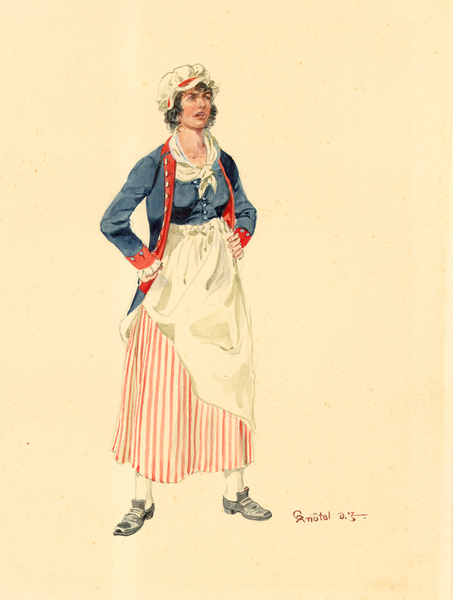All About The Corbin

The Corbin Backpack
inspired by Margaret Corbin

Margaret Corbin - She didn't fit in, but the great ones never do.
Margaret Corbin was one fierce woman. We won't get into how at five her dad was killed and mom captured, never to return. Or, how she decided to follow her husband into battle to take care of him - apparently this was a thing wives did during the Revolutionary War.
No, our story begins when Margaret Corbin tossed on a man's uniform at the front lines of battle. She had just watched her husband sustain a direct hit at the cannon, and without missing a beat, she took over a weapon she had no formal training with. Her aim was - forgive the pun - on point, but after numerous cannons turned to her, she too sustained severe injuries, surrendered and was taken prisoner.
Upon her release, she lost all function of her left arm and joined the Invalid Regiment at West Point.
Heralded as the first woman to serve her country in battle for liberty, Margaret was now a widow with no spouse or income, so the Continental Congress rewarded her sacrifice with a pension that was half of that given to men. But don't worry, she got a new dress, 'cause hers was ruined in combat.
We like to think Margaret would have approved of her namesake backpack. She was a no-nonsense woman that got things done, and the no frills Corbin is so here for that.
Fun Fact: This really isn't 'fun' but it's important. Life wasn't easy for Margaret after she got home from battle - in fact, she was an outcast - a disabled, widowed war veteran with a rough edge. She lived not far from where she had seen battle, in a small town just below West Point on the Hudson River, scorned by the community for her sharp tongue, drinking tendencies and questionable bathing cadence. After dying before her 50th birthday, Margaret was thought to have been buried in an unmarked grave along the Hudson River. Forty years later, the DAR believed they had finally found her body and moved it to West Point Cemetery, giving Margaret the burial with full military honors that she deserved. Recently, a disturbance to the grave led to extensive forensic archaeological study, which determined that the remains in Margaret's grave belonged to a man. After hearing this, the DAR once again vowed to find her, to preserve the memory and spirit of an incredible woman who contributed to securing America's independence.











